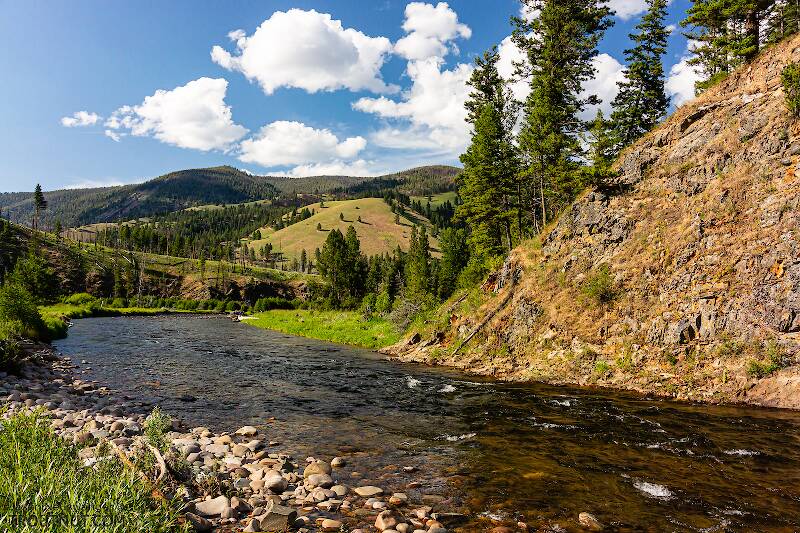
Blue-winged Olives
Baetis
Tiny Baetis mayflies are perhaps the most commonly encountered and imitated by anglers on all American trout streams due to their great abundance, widespread distribution, and trout-friendly emergence habits.
Featured on the forum

With a bit of help from the microscope, this specimen keys clearly and unsurprisingly to Hydropsyche.

Troutnut is a project started in 2003 by salmonid ecologist Jason "Troutnut" Neuswanger to help anglers and
fly tyers unabashedly embrace the entomological side of the sport. Learn more about Troutnut or
support the project for an enhanced experience here.
Little Chartreuse Quills
This common name refers to only one species. Click its scientific name to learn more.
Mayfly Species Iswaeon anoka
These are often called Little Chartreuse Quills.
This tiny hind-wingless Midwestern and Western species can produce excellent hatches because it is so extremely abundant. Its bright green duns are unmistakable. In the West they can also be an equally unmistakable bright almost fluorescent chartreuse, especially as nymphs. They are very common in the Northwest and Rocky Mountain states, with their population densities giving way to the similarly tiny and hind-wingless (though more somber colored) Acentrella species in Southern Oregon, California and the Southwest.
Iswaeon anoka was first brought to the attention of the angling community (as Pseudocloeon anoka) by famous angling author and columnist Joe Brooks. Back in the late 60's he wrote an article for Outdoor Life magazine extolling the work of Doug Swisher and Carl Richards in their forthcoming and groundbreaking book, Selective Trout. This species was featured as the model for their now famous version of the "No-Hackle" dry fly and imitative parachute patterns, sparking a revolution in fly design for hyper-selective trout. The rest as they say, is history...
Iswaeon anoka was first brought to the attention of the angling community (as Pseudocloeon anoka) by famous angling author and columnist Joe Brooks. Back in the late 60's he wrote an article for Outdoor Life magazine extolling the work of Doug Swisher and Carl Richards in their forthcoming and groundbreaking book, Selective Trout. This species was featured as the model for their now famous version of the "No-Hackle" dry fly and imitative parachute patterns, sparking a revolution in fly design for hyper-selective trout. The rest as they say, is history...

